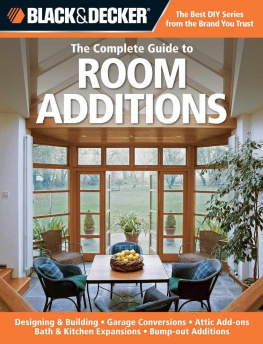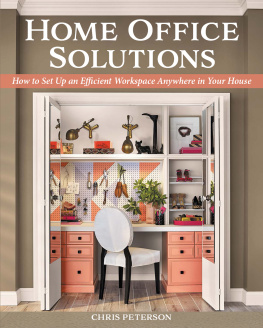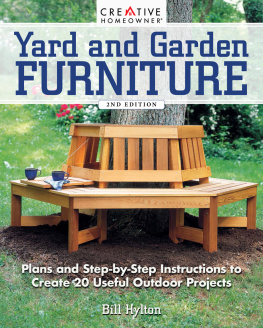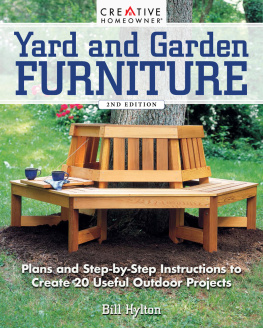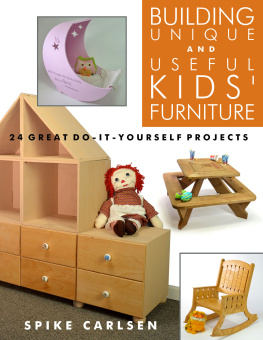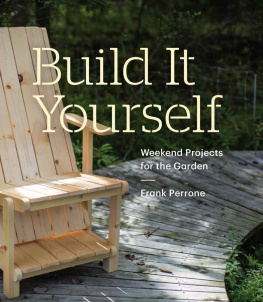Although it may seem like a completely contemporary material, polyvinyl chloride has been around for a long, long time. In fact, the polymer actually first saw the light of dayliterallyin a Frenchmans test tube, in 1838. Chemist Henri Victor Regnault was puzzled to find that a white film had formed in a test tube full of vinyl chloride gas exposed to sunlight. But it would be almost a century more before anyone made a concerted effort to find uses for the unusual material. In 1913, German inventor Friedrich Heinrich August Klatte patented the material. It would eventually make its first industrial mark as a waterproof coating for clothing.
Its fair to say that PVC pipes have revolutionized modern plumbing.
The 1960s saw expanded use of what came to be known by the acronym PVC, with the most rapid advancements in building trade applications. The combination of low cost, durability, light weight, ease of manipulation, and a super smooth surface made PVC pipes a wonder material for plumbing. The plastic could be molded to different thicknesses to withstand varying pressures, which only increased the number of potential applications. No rival has been found for the polymer, and PVC is now the third best-selling type of plastic in the world. It is used universally for drain-waste-vent (DWV) pipes, anywhere iron or copper is not mandated.
That widespread acceptance is due in part to the appealing combination of pure toughness and malleability that makes working with PVC pipe so easy. As the pipes and fixtures became much more common, inventive DIYers realized those same attractive qualities would make PVC pipe a wonderful choice for furniture and other non-plumbing projects. In fact, a vast grassroots movement has sprung up around finding new, innovative, and extremely practical uses for PVC pipe and fixtures.
The diversity of projects in this book represents that variety. The most common use of PVC in home craft projects is for furniture. (And, in fact, some PVC pipe is specified furniture grade for just that reason.) Accordingly, youll find sizable, substantial projects, such as the , something that can serve as an extra pair of hands in a workshop or other room, and could even double as a desk.
But this book goes far beyond simple furnishings. If something smaller or simpler is more to your taste or better suits your available workshop time, you can turn to the handy ). The projects in that chapter are wonderful ways to get kids working in the workshop, learning about construction and crafting methods, and keeping them busy with something that doesnt involve a screen. There are lessons of all types for kids to learn in working with PVC pipefrom physics to basic math, and even self-reliance.
Regardless of what you or your children choose to build, youll find that all of the projects in this book will be well within your skill level (and that of many kids, with a little help). The instructions are straightforward, and the linear nature of pipes and fittings makes it hard to mess up even complex projects. Even if youve done little more than hang a coat hook or clean your gutters, you most likely have the baseline expertise to build many of the projects featured in this book. And dont worry about toolsyoull only need whats already in any homeowners basic toolbox.
Ease of fabrication and assembly is just part of what makes PVC pipe and fixtures so attractive for home projects such as these. This polymer also represents a low-cost alternative to other, more traditional materials. In most cases, if you build something, such as a desk, out of PVC rather than oak members, youll save a considerable amount of money.
A rolling work table is just one of the many wonderful creations you can build with PVC pipe.
Of course, the lowest price is free. If youre willing to scout construction sites and do a little bit of dumpster diving, chances are that youll find a wealth of PVC pipe scraps that can be reused in a number of ways. However, if youre looking to execute one of the larger or more involved projects in this book, youll need a variety of sizes and shapes of pipes and fittings that will probably preclude finding everything for the project on a construction site. But whether you salvage your PVC pipe or buy new, the fact that PVC is easy to paint means never having to sacrifice good looks to functionality.
All these attractive qualities are why PVC pipe has risen to the top of the home crafters list of hardware-store favorites.
The range of PVC slip fittings makes creating even complex projects a simple case of basic math.
CUTTING THROUGH PLASTIC PIPE CONFUSION
Before you can start tackling projects, though, you need to understand the pipe options youll find in the hardware store or home center aisle. There are actually several different types of plastic pipes, each with its own characteristics.
PVC. PVC pipe is meant only for cold-water uses, but that doesnt matter if youre making one of the projects in this book or one of your own designs. Depending on the schedule (see ) of PVC pipe and fittings made specifically for project work, rather than for plumbing. These manufacturers offer colored versions in addition to white, and a few even offer clear pipe and fittings. They also sell custom fittings, such as five-way corners, that are not used in plumbing work. Keep in mind that PVC pipe and fittings are offered in both slip and threaded versions. Threaded versions are more difficult to work with (its extremely hard to cut new threads if you need to trim the pipe to a custom length), which is why all the pieces in the projects that follow are slip fittings.
CPVC. Chemically different from PVC (the first C stands for chlorine), CPVC is formulated to withstand higher temperatures than PVC and is consequently used for hot-water pipes and connections. CPVC is usually colored light yellow, distinguishing it at a glance from PVC. Although it can be used interchangeably in projects with PVC pipe and fixtures, it is not normally incorporated into non-plumbing projects because it is more expensive than PVC.
ABS. Made from a plastic (acrylonitrile butadiene styrene) with similar characteristics as PVC, ABS pipe is slightly more rigid but can otherwise be used as a direct replacement in projects. The pipe is black, which usually translates to additional coats of paint if youll be painting your creation. This material can, however, deform under prolonged exposure to strong direct sunlight.
Among these options, PVC is the best suited for non-plumbing projects because it is affordable, durable, and incredibly easy to modify. But even among PVC pipes and fittings, there are different sizes and grades.


